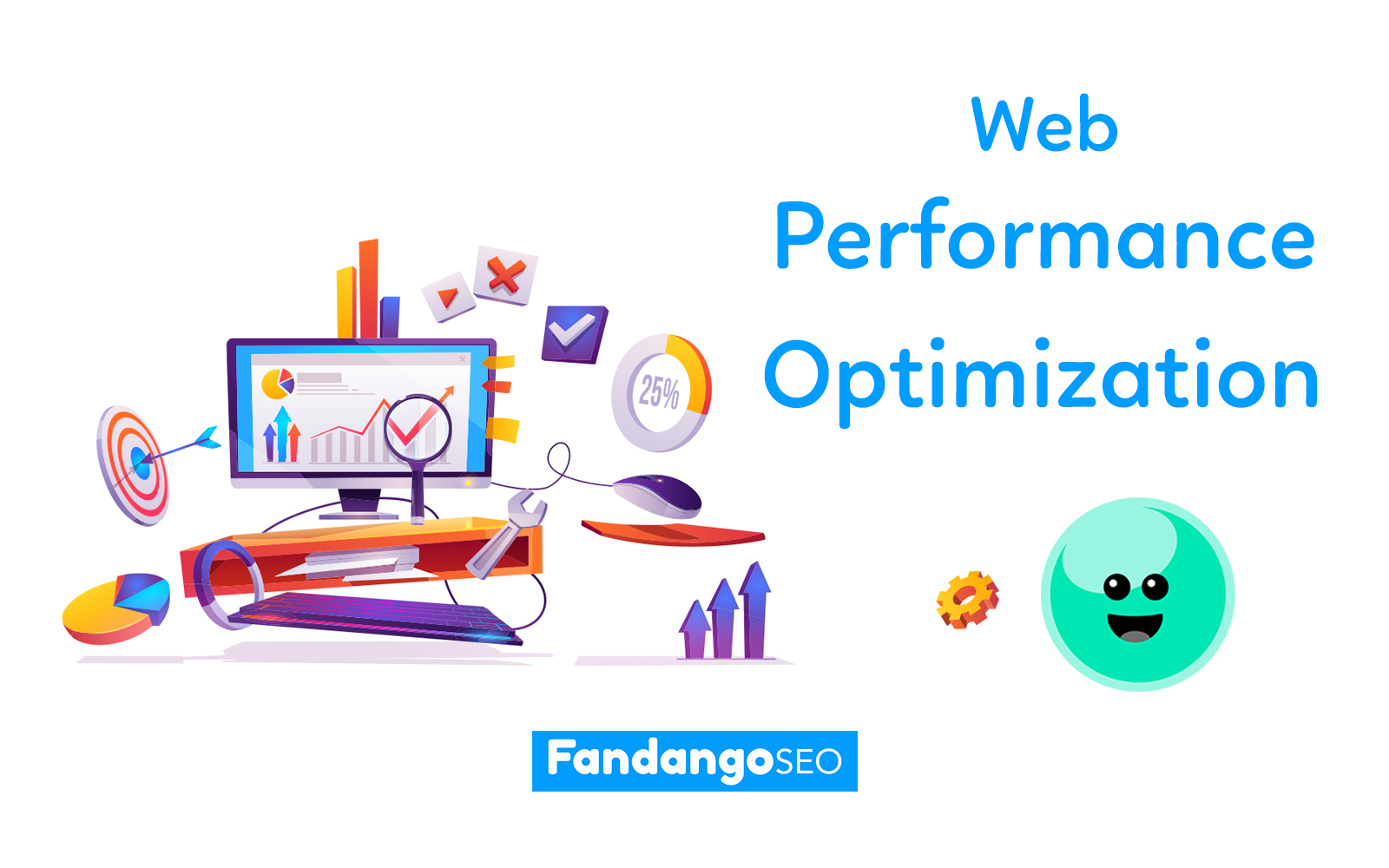ABCDou Insights
Exploring the world of news, trends, and information.
Boosting Speed: Transform Your Website into a Lightning Bolt
Unlock your website's full potential! Discover expert tips to supercharge speed and elevate user experience to new heights.
5 Proven Strategies to Increase Your Website's Loading Speed
In today's rapidly evolving digital landscape, website loading speed is crucial for user experience and SEO rankings. Here are 5 proven strategies to enhance your website's performance. First, consider optimizing images. Large images can significantly slow down your site. Use tools to compress images without sacrificing quality. Second, leverage browser caching to store certain elements of your site locally on users' machines, reducing load times on subsequent visits. Third, minimize HTTP requests by simplifying your design and combining files, which can help in speeding up the loading process.
Next, implement a Content Delivery Network (CDN). A CDN distributes your content across various servers worldwide, ensuring faster access for users. Finally, prioritize mobile optimization. With a growing number of users browsing on mobile devices, having a website that is responsive and loads quickly on these platforms is essential. By following these 5 proven strategies, you can significantly improve your website's loading speed, leading to better user engagement and higher search engine rankings.

The Impact of Website Speed on User Experience and SEO
Website speed plays a crucial role in enhancing user experience. A fast-loading website not only meets the expectations of users but also significantly reduces bounce rates. According to studies, the majority of users expect a page to load in two seconds or less, and if it takes longer, they are likely to abandon the site altogether. As a result, optimizing site speed can lead to higher engagement and satisfaction, ultimately fostering a more loyal customer base.
In addition to improving user experience, website speed is a key factor for SEO. Search engines like Google consider page load times as a ranking factor, meaning that slower websites may be penalized in search results. By prioritizing site speed, webmasters can enhance their visibility and rankings, driving more organic traffic to their sites. Therefore, investing in speed optimization techniques—such as compressing images, leveraging browser caching, and minimizing scripts—can yield significant benefits in terms of both user retention and search engine performance.
Is Your Website Sluggish? Here's How to Diagnose and Fix Speed Issues
If you’ve noticed that your website is sluggish, it’s crucial to understand that a slow-loading site can lead to higher bounce rates and lower conversion rates. To diagnose speed issues, start by using tools like Google PageSpeed Insights or GTmetrix. These tools will not only give you an initial assessment of your site's performance but also provide specific recommendations. Common culprits of slow speeds often include unoptimized images, excessive HTTP requests, and poor server response times. Addressing these issues promptly is vital for retaining visitors and improving your site's overall SEO.
Once you’ve identified the specific elements causing your website's sluggishness, it's time to implement fixes. Here are some strategies to enhance your site's speed:
- Optimize Images: Compress and resize images to ensure they don’t hinder loading times.
- Minify CSS and JavaScript: Remove unnecessary characters from code to reduce file sizes.
- Leverage Browser Caching: Store static files on users’ browsers to speed up load times for repeat visits.
- Use a Content Delivery Network (CDN): Distribute your content globally to reduce latency and improve load times.
By taking these actions, you can transform a sluggish website into a fast and efficient platform, ultimately enhancing user experience and boosting your SEO rankings.